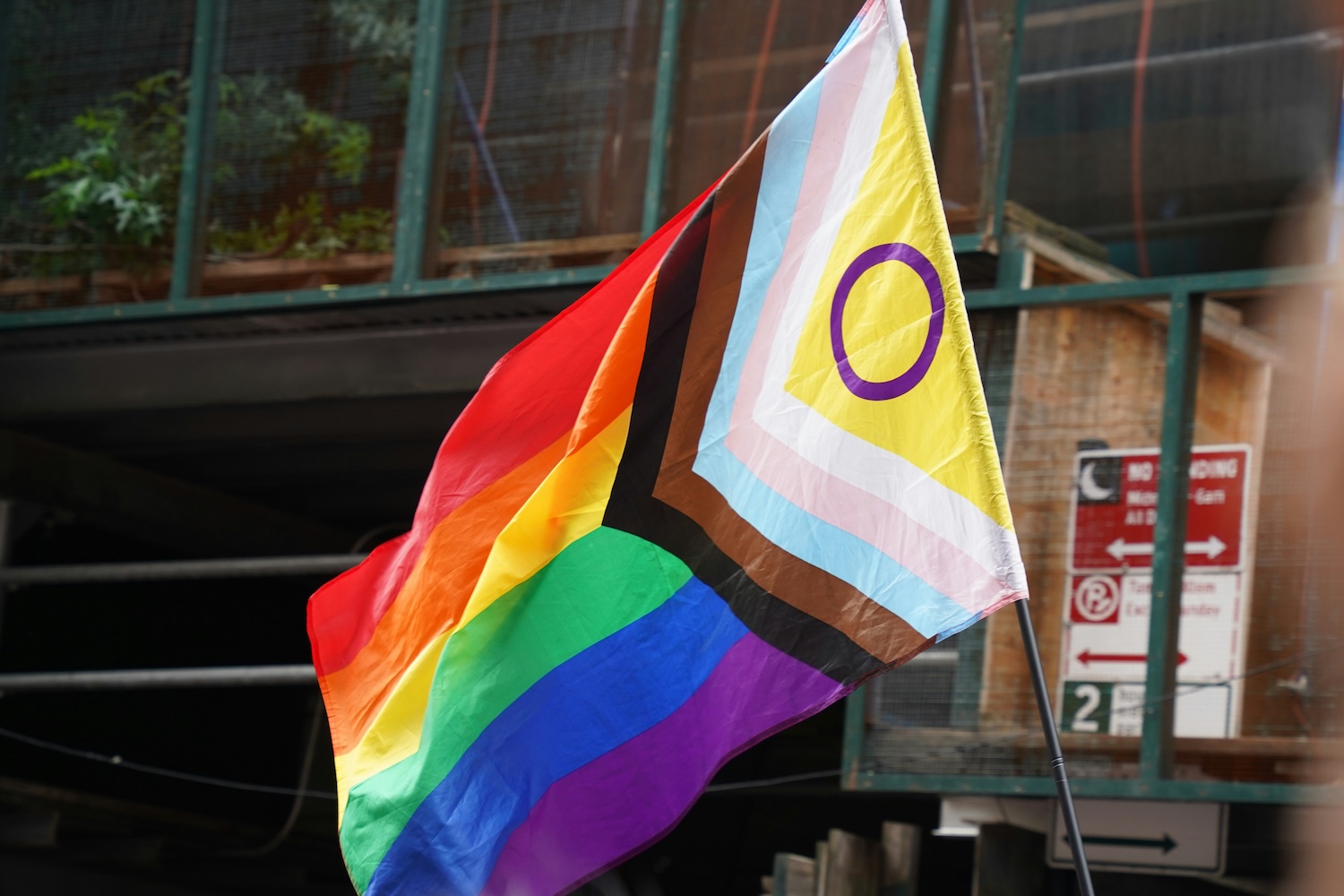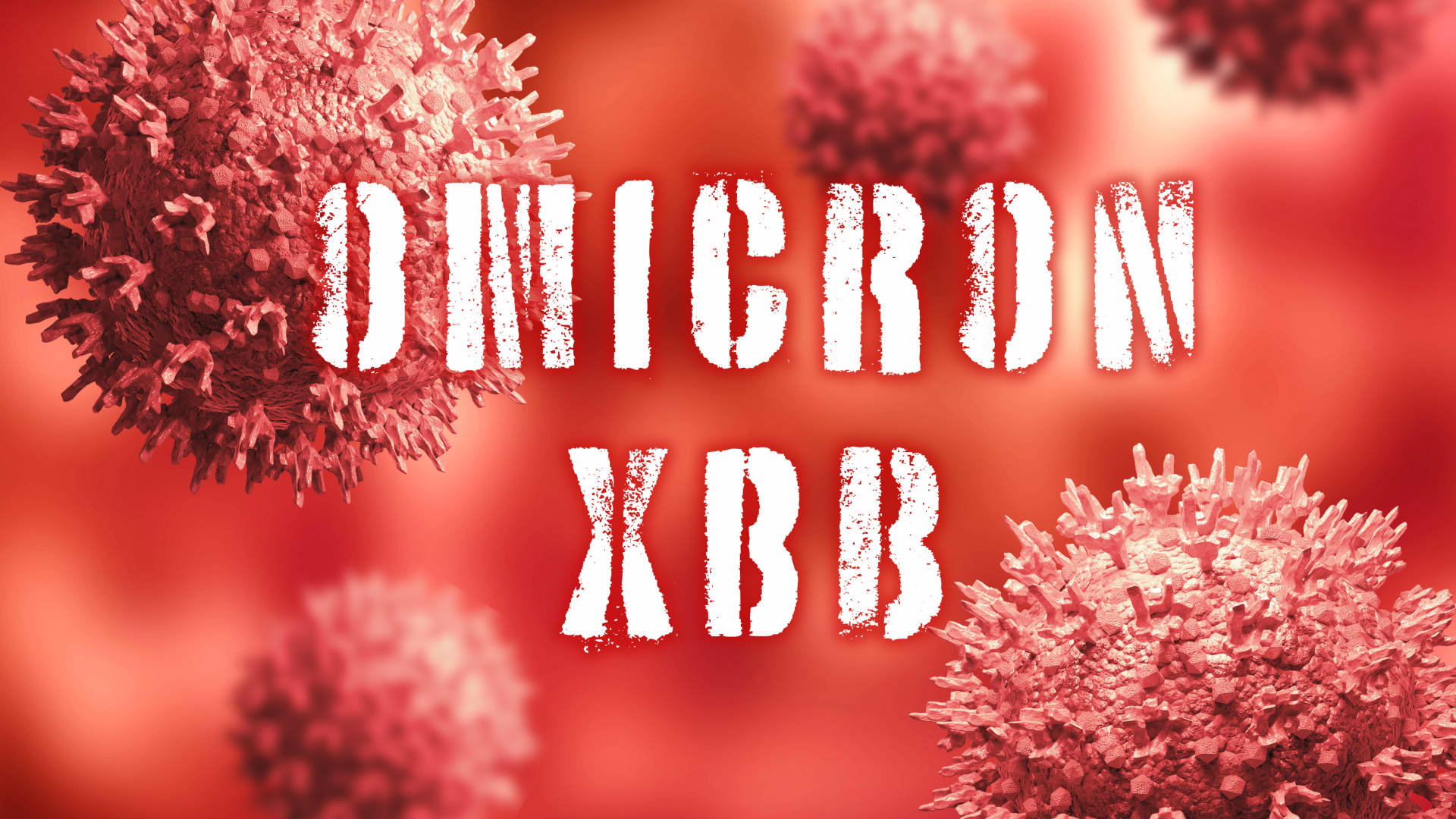Gilnature | Istock | Getty Images
The Covid omicron XBB.1.5 variant is rapidly becoming dominant in the U.S. because it is highly immune evasive and appears more effective at binding to cells than related subvariants, scientists say.
XBB.1.5 now represents about 41% of new cases nationwide in the U.S., nearly doubling in prevalence over the past week, according to the data published Friday by the Centers for Disease Control and Prevention. The subvariant more than doubled as a share of cases every week through Dec. 24. In the past week, it nearly doubled from 21.7% prevalence.
Scientists and public health officials have been closely monitoring the XBB subvariant family for months because the strains have many mutations that could render the Covid-19 vaccines, including the omicron boosters, less effective and cause even more breakthrough infections.
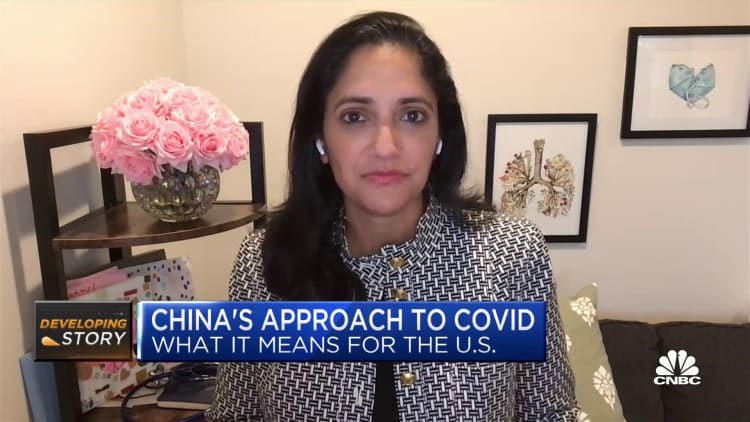
XBB was first identified in India in August. It quickly become dominant there, as well as in Singapore. It has since evolved into a family of subvariants including XBB.1 and XBB.1.5.
Andrew Pekosz, a virologist at Johns Hopkins University, said XBB.1.5 is different from its family members because it has an additional mutation that makes it bind better to cells.
“The virus needs to bind tightly to cells to be more efficient at getting in and that could help the virus be a little bit more efficient at infecting people,” Pekosz said.
Yunlong Richard Cao, a scientist and assistant professor at Peking University, published data on Twitter Tuesday that indicated XBB.1.5 not only evades protective antibodies as effectively as the XBB.1 variant, which was highly immune evasive, but also is better at binding to cells through a key receptor.
Scientists at Columbia University, in a study published earlier this month in the journal Cell, warned that the rise of subvariants such as XBB could “further compromise the efficacy of current COVID-19 vaccines and result in a surge of breakthrough infections as well as re-infections.”
The XBB subvariants are also resistant to Evusheld, an antibody cocktail that many people with weak immune systems rely on for protection against Covid infection because they don’t mount a strong response to the vaccines.
The scientists described the resistance of the XBB subvariants to antibodies from vaccination and infection as “alarming.” The XBB subvariants were even more effective at dodging protection from the omicron boosters than the BQ subvariants, which are also highly immune evasive, the scientists found.
Dr. David Ho, an author on the Columbia study, agreed with the other scientists that XBB.1.5 probably has a growth advantage because it binds better to cells than its XBB relatives. Ho also said XBB.1.5 is about as immune evasive as XBB and XBB.1, which were two of the subvariants most resistant to protective antibodies from infection and vaccination so far.
Dr. Anthony Fauci, who is leaving his role as White House chief medical advisor, has previously said that the XBB subvariants reduce the protection the boosters provide against infection “multifold.”
“You could expect some protection, but not the optimal protection,” Fauci told reporters during a White House briefing in November.
Fauci said he was encouraged by the case of Singapore, which had a major surge of infections from XBB but did not see hospitalizations rise at the same rate. Pekosz said XBB.1.5, in combination with holiday travel, could cause cases to rise in the U.S. But he said the boosters appear to be preventing severe disease.
“It does look like the vaccine, the bivalent booster is providing continued protection against hospitalization with these variants,” Pekosz said. “It really emphasizes the need to get a booster particularly into vulnerable populations to provide continued protection from severe disease with these new variants.”
Health officials in the U.S. have repeatedly called on the elderly in particular to make sure they are up to date on their vaccines and get treated with the antiviral Paxlovid if they have a breakthrough infection.




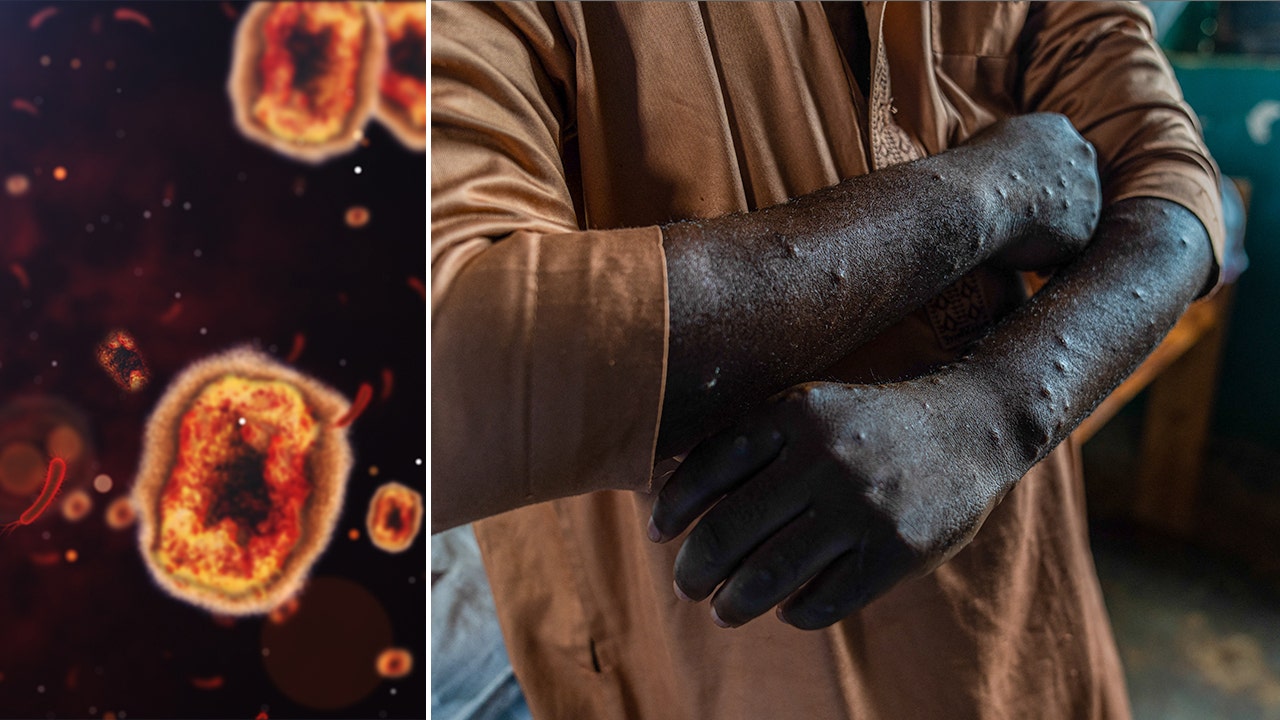











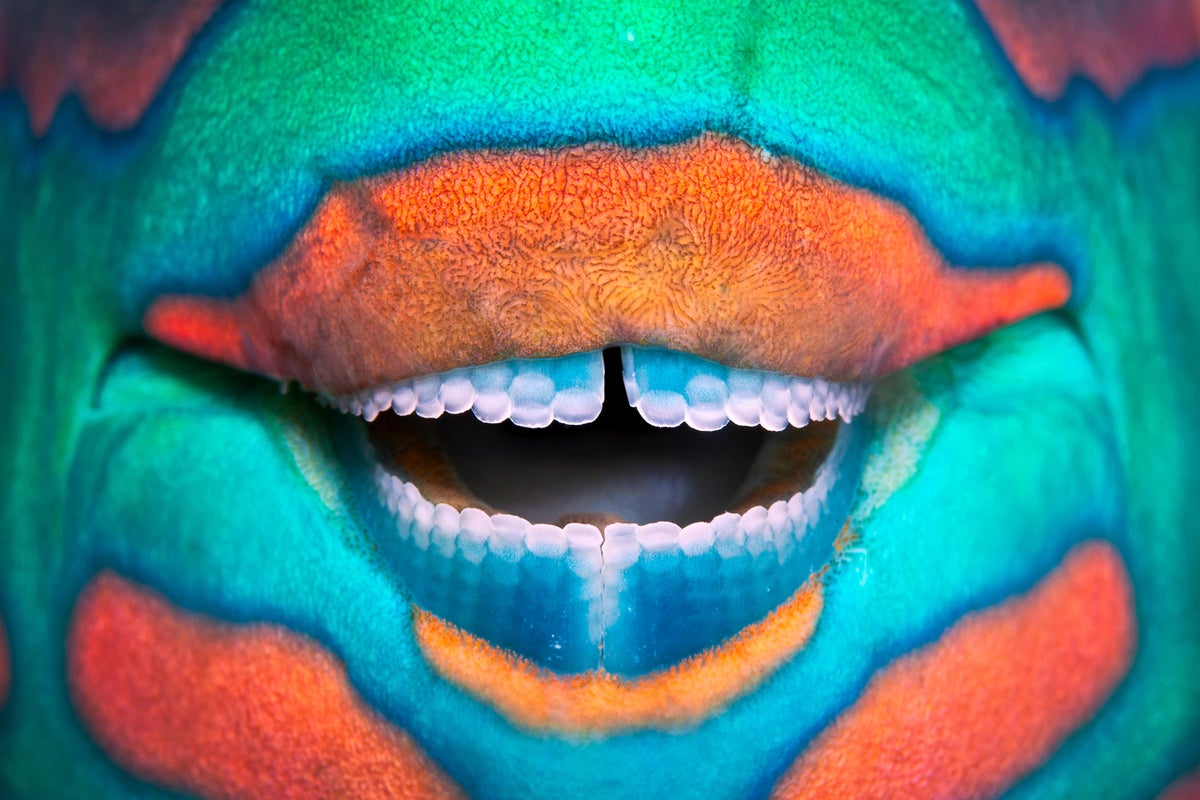






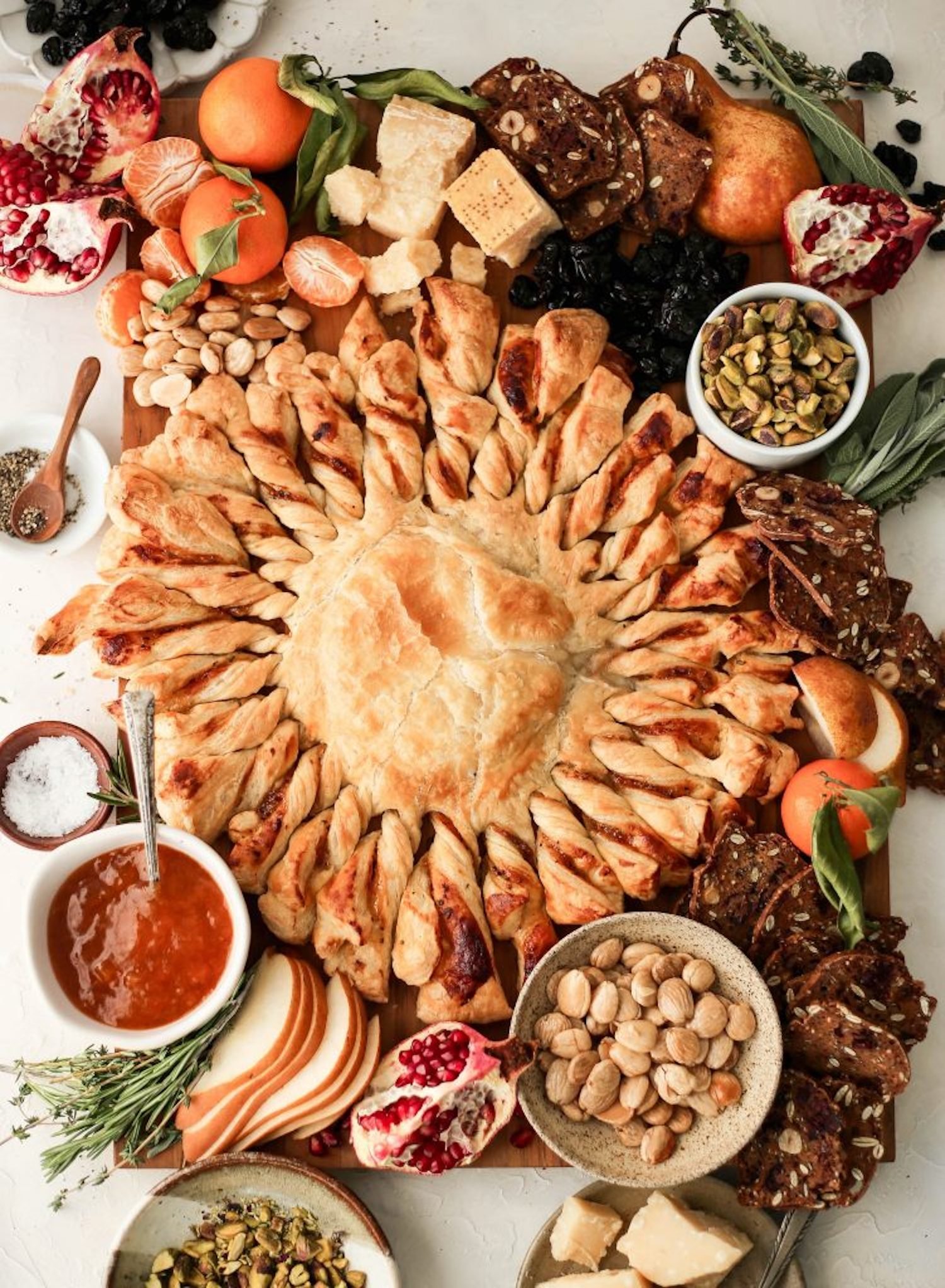









![‘911 Lone Star’ Season 5 Episode 8: Tommy’s Cancer Setback [VIDEO] ‘911 Lone Star’ Season 5 Episode 8: Tommy’s Cancer Setback [VIDEO]](https://tvline.com/wp-content/uploads/2024/11/911-lone-star-season-5-episode-8-tommy-cancer.jpg?w=650)






